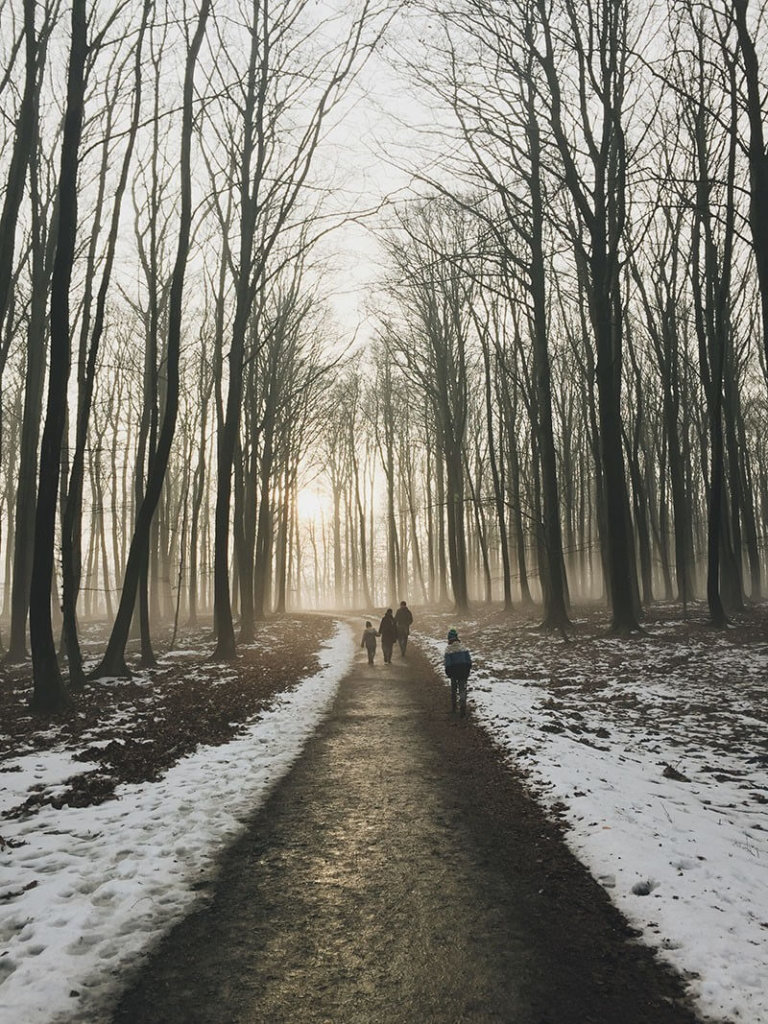Pandemic goings-on
With most of our foliage now decomposing on the forest floor—or your lawn—we’re entering what is euphemistically called Stick Season or the Quiet Season. There are still ample opportunities for outdoor expeditions and plenty to observe in the animal kingdom. While many pleasures are risky or off limits (indoor dining, contact sports, movie theaters and ski gondolas), there are many outdoor activities that, with adaptation, will serve us well in the coming cold, dark months.
Skiing
Both cross-country and Alpine skiing present lower risks than indoor sports. It is estimated that for downhill skiing and boarding, 80% are visitors from out of state, a concern for Vermonters who have maintained a relatively low incidence of COVID-19. Resorts are preparing for a season like no other: lodges, restaurants, restrooms and ski schools will operate with limitations and will look different. Customers are encouraged to arrive dressed and shod in order to avoid indoor spaces. Much ticketing will be online with some resorts requiring reservations. Others encourage family groups or pods to share chairlifts and gondolas. Now, as you are thinking of equipment or tickets you might want, do research on specific restrictions at your favorite winter destinations. Think Snow!
Take a stroll
 There are many venues where it’s possible to walk two or three abreast and be distanced. Seek out dirt roads with little traffic; the History Hike at Little River State Park is on ancient roads, wide enough for safe conversation. Cotton Brook, accessible from Moscow, offers miles of old logging roads on hilly terrain. We are blessed with proximity to Charlotte Park and Wildlife Refuge, Mt. Philo State Park and Shelburne Farms. Charlotte’s Town Link Trail offers two loops on the town-owned Burns property, one in the woods and one in fields, in addition to two point-to-point segments, Co-Housing and the Trevor and Melissa Mack trail. In Burlington, wide trails at the Ethan Allen Homestead connect to the Intervale; and miles of recreation trails stretch through South Burlington and Burlington.
There are many venues where it’s possible to walk two or three abreast and be distanced. Seek out dirt roads with little traffic; the History Hike at Little River State Park is on ancient roads, wide enough for safe conversation. Cotton Brook, accessible from Moscow, offers miles of old logging roads on hilly terrain. We are blessed with proximity to Charlotte Park and Wildlife Refuge, Mt. Philo State Park and Shelburne Farms. Charlotte’s Town Link Trail offers two loops on the town-owned Burns property, one in the woods and one in fields, in addition to two point-to-point segments, Co-Housing and the Trevor and Melissa Mack trail. In Burlington, wide trails at the Ethan Allen Homestead connect to the Intervale; and miles of recreation trails stretch through South Burlington and Burlington.
Winter preparation
It’s a busy time of year in the animal kingdom. With a bit of luck we can witness some of this winter preparation.
Many birds flock or gather before migration, which is why you may see dozens or hundreds of similar birds at one time. With their loud honking, geese in V-formation are easy to hear and spot overhead. Loons gather on bodies of waters close to where they nest and spend the summer. Because Vermont loons are recovering from very low numbers, researchers have banded many, making it possible to follow their movements.
Unlike populations in other parts of the country, local loons depart for nearby ocean waters in the Northeast, a flight of just one to two days for adults. Departures from Vermont bodies of water range from early September to late November, with chicks migrating at an average age of 17 weeks; it will take these young much longer to reach salt water. The young will spend several years on the ocean before returning to lakes in the region of their birth.
In recent weeks hundreds of screeching blackbirds filled our cottonwood tree. Flocks that migrate in large numbers are better able than individuals to fight predators and locate food. Shortening days trigger migration with some species molting and growing new feathers before the long flight. Others try to gain weight for additional fuel. Daylight migrators use thermal air currents to conserve energy; night flyers navigate using the stars. All seem to be imprinted with a recognition of the Earth’s magnetic field.
Be on the lookout for claw marks on American beech trees. Black bears climb in search of fat-rich beechnuts as they bulk up for a long winter sleep. They clamber up to where they feast, leaving a tangle of bent and broken branches in their wake.
Coyotes
Nearly every night howling coyotes penetrate my sleep. With both mountain lions and wolves eliminated from our ecosystem centuries ago, coyotes moved in, migrating east from west of the Mississippi River. The nonprofit Vermont Family Forests (VFF) explains, “As coyotes expanded east, they intermixed with canid cousins. DNA analysis shows the eastern coyote’s genetic makeup as 64% coyote, 13% gray wolf, 13% eastern wolf and 10% domestic dog. These adaptable omnivores consume small rodents, plants, fruit, deer, snowshoe hare, cottontail rabbits, woodchucks, insects, amphibians, reptiles, birds and more.”
Because coyotes are seen as a threat to livestock, hunters kill more than 400,000 each year across the country. But coyotes are wily and their reproduction responds to this stress; the more coyotes that are killed each year the more pups are born the next. VFF explains, “under normal conditions, only the dominant (alpha) male and female in a coyote pack breed. When one or both alphas are killed, other coyotes in the pack vie for dominance, breeding at younger ages, birthing many more pups, and often spreading into new territory. In most cases, the fewer coyotes you kill, the fewer you’ll have.”
If the day comes when mountain lions and wolves return to Vermont as top predators, coyotes may not be waking us at night.
Get outdoors and be safe!

